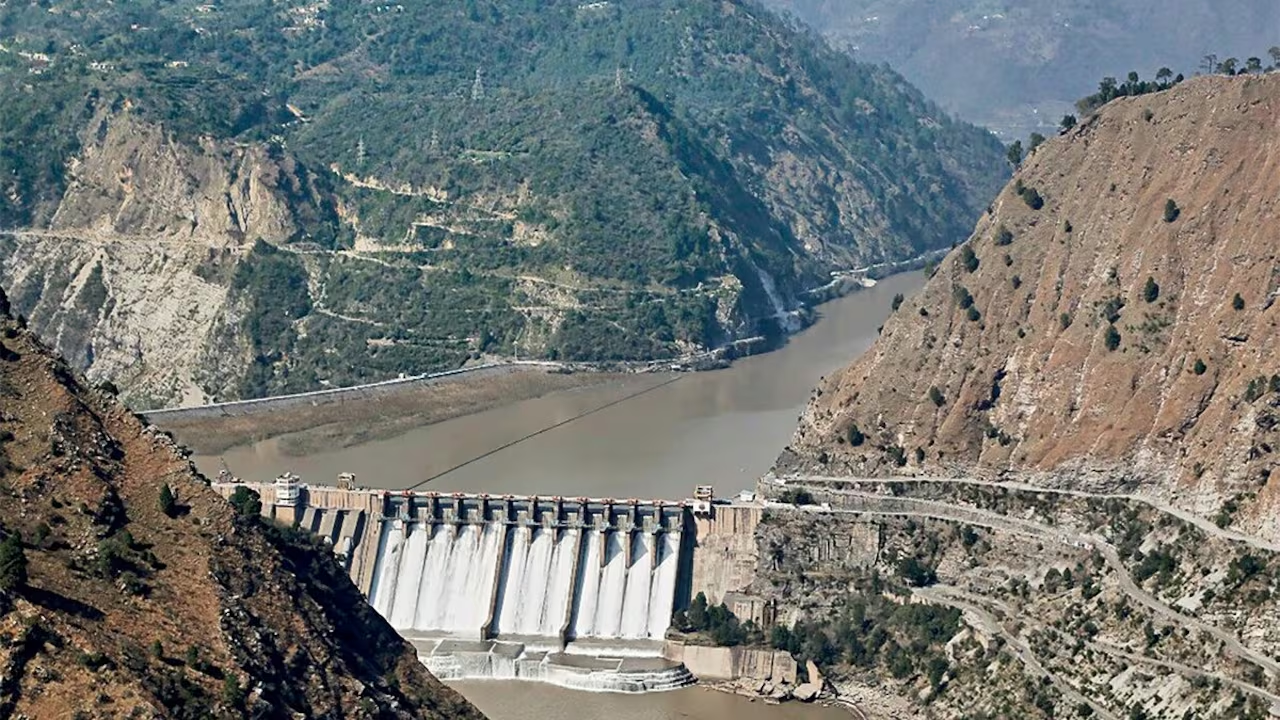- Courses
- GS Full Course 1 Year
- GS Full Course 2 Year
- GS Full Course 3 Year
- GS Full Course Till Selection
- Answer Alpha: Mains 2025 Mentorship
- MEP (Mains Enrichment Programme) Data, Facts
- Essay Target – 150+ Marks
- Online Program
- GS Recorded Course
- Polity
- Geography
- Economy
- Ancient, Medieval and Art & Culture AMAC
- Modern India, Post Independence & World History
- Environment
- Governance
- Science & Technology
- International Relations and Internal Security
- Disaster Management
- Ethics
- NCERT Current Affairs
- Indian Society and Social Issue
- NCERT- Science and Technology
- NCERT - Geography
- NCERT - Ancient History
- NCERT- World History
- NCERT Modern History
- CSAT
- 5 LAYERED ARJUNA Mentorship
- Public Administration Optional
- ABOUT US
- OUR TOPPERS
- TEST SERIES
- FREE STUDY MATERIAL
- VIDEOS
- CONTACT US
Draft Greenhouse Gases Emission Intensity (GEI) Target Rules, 2025
Draft Greenhouse Gases Emission Intensity (GEI) Target Rules, 2025
25-04-2025

The Union Environment Ministry has recently introduced the draft Greenhouse Gases Emission Intensity (GEI) Target Rules, 2025, aimed at regulating emissions in four energy-intensive sectors.
Key Features of the Rules:
- GEI Definition: GEI refers to the Greenhouse Gases Emission Intensity, measured in tCO2e (tons of CO2 equivalent) per unit of output or product.
- GEI Targets Calculation: The targets will be calculated based on the Bureau of Energy Efficiency’s methodology, specific to each obligated entity listed in the Schedule.
- Compliance Requirements for Obligated Entities:
- Obligated entities must meet GEI targets annually.
- Compliance will be part of the Carbon Credit Trading Scheme (CCTS), 2023.
- Entities can purchase carbon credit certificates from the Indian Carbon Market (ICM) to offset any shortfall.
- Environmental Compensation:
- If targets are not met, the Central Pollution Control Board (CPCB) will impose an environmental compensation fee.
- This fee will be twice the average price of carbon credit certificates traded in the compliance year and must be paid within 90 days.
- Legal Backing: Non-compliance or violations of the rules will be handled under the Environmental Protection Act, 1986.
Significance of the Rules:
- Nationally Determined Contributions (NDCs): These rules support India’s NDCs, which aim to reduce emissions intensity of GDP by 45% by 2030 compared to 2005 levels.
- Alignment with Paris Agreement:
- The rules align with Article 6 of the Paris Agreement, which provides mechanisms for countries to cooperate in meeting their NDCs, particularly through the carbon market.
- Adoption of Sustainable Technology: The rules encourage the adoption of cutting-edge and sustainable technology across traditionally high-emission industries.
About the Carbon Credit Trading Scheme (CCTS), 2023:
- Genesis: The CCTS was notified in 2023 under the Energy Conservation Act, 2001, to establish a structured carbon market in India.
- Objective: The scheme’s goal is to reduce, avoid, or remove greenhouse gas emissions by facilitating the trading of Carbon Credit Certificates (CCCs).
Mechanisms under the CCTS:
- Compliance Mechanism: Obligated entities can earn CCCs by adhering to the prescribed GEI emission intensity reduction norms.
- Offset Mechanism: Non-obligated entities can register emission-reducing or removal projects to earn CCCs.
|
Also Read |
|
UPSC Foundation Course |
|
| UPSC Monthly Magazine | CSAT Foundation Course |




